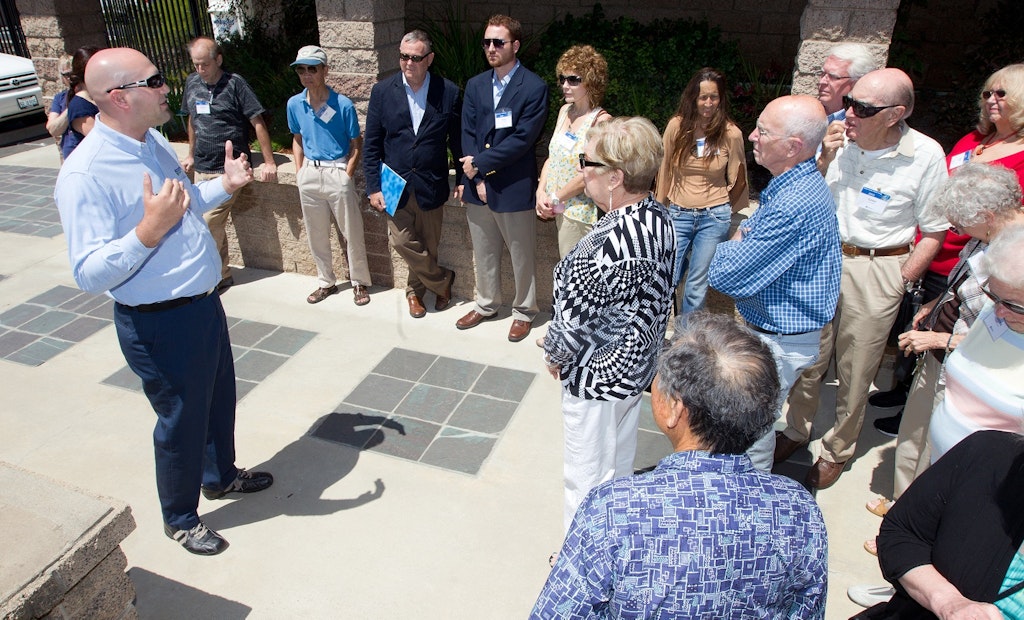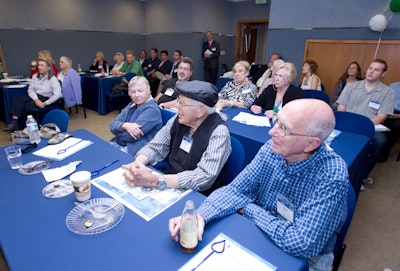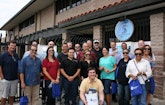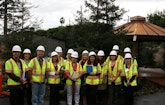
Interested in Education/Training?
Get Education/Training articles, news and videos right in your inbox! Sign up now.
Education/Training + Get AlertsServing more than 110,000 customers in an 18-square-mile area in Southern California, Mesa Water District has mastered the art of teaching. The district’s 2013 Water Issues Study Group (WISG) water education program for adults began in February and continues through May.
In it’s 28th consecutive year, the WISG program draws about two-dozen individuals from the Mesa Water community each year, including ratepayers, community members, elected representatives, water industry professionals, media, and district staff.
“It’s a way for us to deeply engage with our key audiences,” says Stacy Taylor, Mesa Water public and government affairs manager. Class structure is generally shorter presentations followed by time for questions. “People usually come with ideas and questions, so we like to keep our presentations short and do more Q-and-A and demonstrations,” she says.
The series meets the third Wednesday of each month from 6:30 to 8 p.m. Participants learn about the history of the district, the tap water industry, conservation programs, and they tour local water facilities.
Goal-oriented curriculum
The program ties all the goals of Mesa Water’s strategic plan together:
1. Provide a safe and reliable water supply.
2. Practice continuous infrastructure renewal and improvement.
3. Be financially responsible and maintain competitive rates.
4. Increase public awareness about Mesa Water and about water.
5. Attract and retain skilled employees.
6. Provide outstanding customer service.
“The WISG program is all about goal number four,” says Taylor. “We touch upon all the other goals in the program.”
The first class included a presentation from former Mesa Water board member Henry “Hank” Panian, who is also a renowned former history teacher in the area. “He gave an overview of the history of water in California and Mesa Water,” says Taylor. “Then I gave a brief overview of Mesa Water’s performance and productivity as a government agency and the effectiveness and efficiencies the district is achieving.”
The second class was about water quality and conservation, what Mesa likes to call water use efficiency, says Taylor. “Those were two short presentations with longer time for questions and answers because people like to know about the quality of their water and they like to know how to save water, energy, the environment and ultimately money.”
The third class includes a tour of Orange County Water District (OCWD), a regional water facility, and its groundwater replenishment system, along with a discussion on the groundwater basin, which OCWD manages. Also included is a presentation on the imported water supply, which is a topic of interest as most Southern California water agencies — not Mesa Water — depend on imported water from the California Delta and the Colorado River.
Empowering future generations
In May, WISG members participate in a graduation ceremony. “We do a roundtable and bring in some experts to talk about hot issues such as desalination as a potential new water source, and other forms of water supply diversification, like stormwater, groundwater runoff, and graywater,” says Taylor. “We give everybody an ambassador pin and a certificate, and then we invite them back for the annual alumni reunion in June, which takes place at the district’s newly improved Mesa Water Reliability Facility.”
Over 500 participants have gone through the water education program, and they enjoy seeing classmates from prior sessions at the reunion. “The alumni are grateful that we’re bringing the community together and getting everybody talking,” says Taylor. “They’re very appreciative that Mesa Water is engaging, educating and empowering people to be knowledgeable about water, where it comes from, how it’s treated and why it costs what it does.”
Participants walk away from the graduation celebration with a deeper knowledge and appreciation for the resource they use on a daily basis. “They understand the complexity of something that seems so simple,” says Taylor. “We’re communicating with our core constituents, making them ambassadors, so we’re empowering them to take the information and hopefully tell others. We have to be good stewards of our precious water resources for our future generations.”








